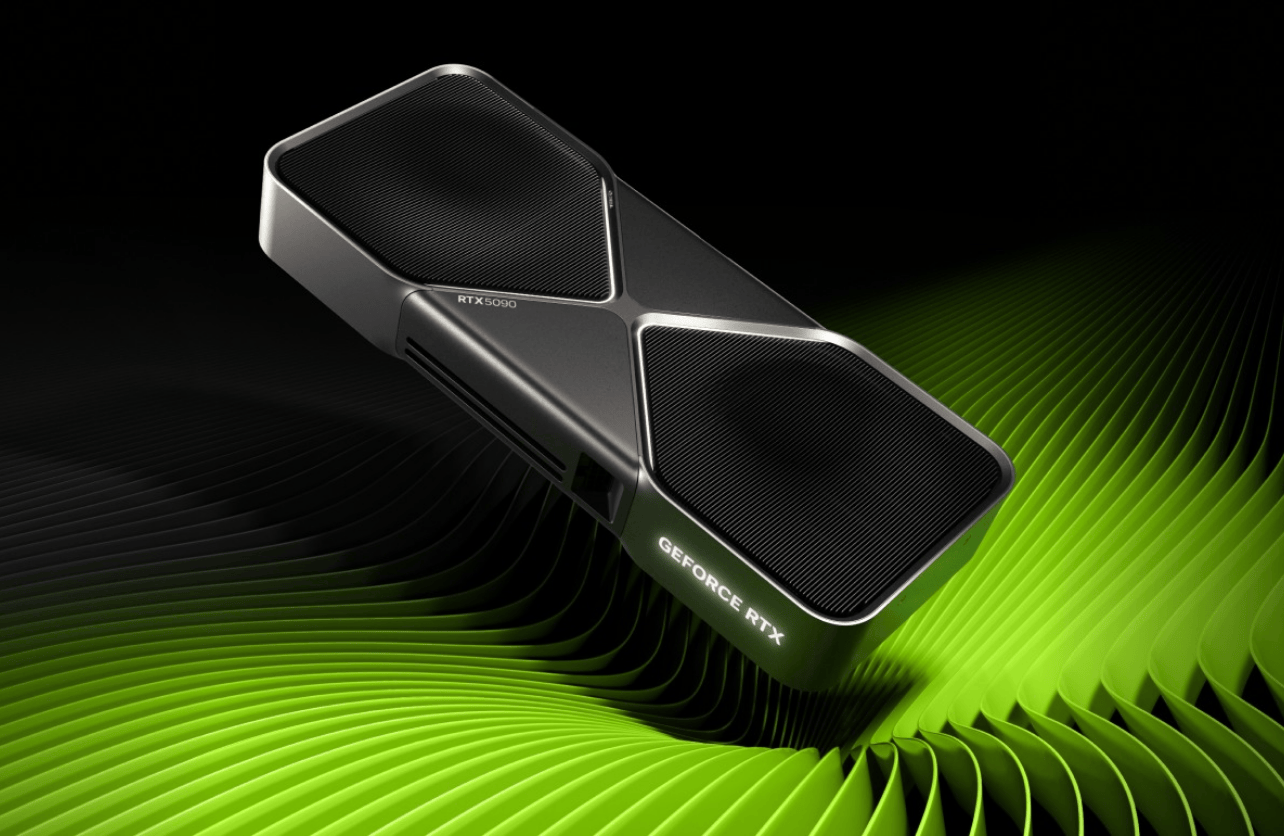Just a few years ago, the idea of 8K gaming felt like a marketing fantasy—something reserved for tech expos, not real players. But in 2025, the question isn’t whether 8K gaming is technically possible. It is. The real question is: how well does it work, and is it actually worth chasing?
Thanks to the raw power of NVIDIA’s RTX 5090 and the latest breakthroughs in AI-driven upscaling with DLSS 4, 8K gaming has finally reached realism. But the experience comes with caveats—some impressive, others sobering.
The Hardware Has Finally Caught Up

The RTX 5090 marks a major leap forward. It’s over 30% faster than the RTX 4090, with improvements across ray tracing, memory bandwidth, and AI processing. When paired with a top-end CPU like AMD’s Ryzen 9 9950X3D and fast DDR5 memory, this card can drive 8K resolutions in real-world conditions, not just in synthetic benchmarks.
Many modern AAA games, especially those without heavy ray tracing or path tracing, are now capable of running smoothly at 8K with the help of DLSS 4. With upscaling set to Performance mode, frame rates above 60 FPS are possible even at maxed-out settings. Games that focus more on cinematic storytelling or slower-paced gameplay tend to perform especially well, offering fluid visuals without the frantic demands of ultra-fast response times.
Even more graphically intense titles, with ray tracing enabled, are now approaching playability at 8K. Frame generation techniques allow certain games to maintain smooth performance without compromising much on visual quality, though responsiveness can vary depending on the engine and how the game handles latency.
DLSS 4 Is What Makes 8K Feasible
The key enabler of 8K gaming in 2025 isn’t just raw power—it’s DLSS 4. NVIDIA’s latest upscaling tech uses AI and motion prediction to reconstruct frames with impressive clarity. When used in Performance mode, DLSS renders the game at a much lower internal resolution and rebuilds the image with detail that often rivals or even exceeds native 4K, especially when combined with frame generation.
In some cases, the results are visually superior to 4K with traditional anti-aliasing. That’s a big deal, especially considering how difficult it is to push true 8K pixels at high frame rates. With DLSS 4, it’s possible to maintain responsiveness and visual integrity without melting your hardware.
But DLSS isn’t a magic fix across the board. Some titles handle it better than others, and depending on the implementation, there are still occasional issues with ghosting or latency. That said, for the majority of well-optimized modern games, DLSS 4 turns 8K from an impossible target into something practical.
You Don’t Even Need an 8K Monitor
Surprisingly, you can game at 8K even on a 4K screen. NVIDIA’s Dynamic Super Resolution (DSR) allows your GPU to render at 8K and then scale it down to your monitor’s native resolution. The result is often a cleaner, sharper image with improved detail and less aliasing—sort of like ultra-quality supersampling.
Of course, these benefits are most visible on large displays. On a standard 27- to 32-inch monitor, the difference between native 4K and downsampled 8K may be hard to spot. But on a large-format display or a high-end 8K TV, the jump in clarity becomes much more noticeable—especially with static objects, distant textures, or finely detailed environments.
Input Latency and Ray Tracing Still Have Limits
While 8K visuals are now achievable, latency is still a mixed bag. In some titles, even with frame generation, control input remains tight and responsive. In others—especially those with heavier ray tracing workloads or less optimized engines—there’s a slight but noticeable lag between movement and on-screen response.
That’s not to say the games are unplayable. But if you’re sensitive to input delay or if you’re playing fast-paced competitive titles, 8K may still feel less responsive than 4K at high refresh rates. It needs to be evaluated on a game-by-game basis, and often, reducing settings or switching DLSS modes can help mitigate the issue.
So… Is 8K Gaming Actually Possible?
Yes. In 2025, 8K gaming is no longer a tech demo—it’s something real, playable, and visually impressive. With the RTX 5090 and DLSS 4, even graphically intense modern games can run at 8K with stable frame rates and acceptable input response. It’s a huge milestone, especially considering how recent the 4K transition still feels for most players.
But that doesn’t mean it’s the new standard. 8K gaming remains a niche pursuit best suited for those with ultra-powerful systems, massive displays, and a deep interest in cutting-edge visuals. The hardware is expensive, the power requirements are steep, and the benefits are highly dependent on screen size and game optimization.
So, yes—8K gaming is technically possible in 2025. But whether it makes sense for you depends on what kind of games you play, how sensitive you are to latency, and how much you value marginal visual gains over raw performance. For most gamers, 4K still offers the best balance.
